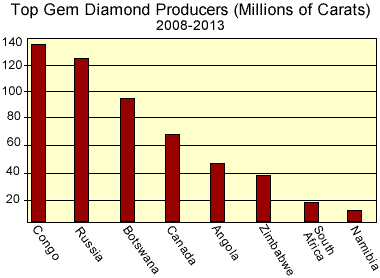Diamonds: The History of a Cold-Blooded Love Affair

THE HISTORY OF DIAMONDS
The earliest known descriptions of diamonds go all the way back to the 4th centrury BC. Even during this time, diamonds were highly valuable objects. During the 13th century, diamonds started appearing in European jewelry. By the 16th century, diamonds used in jewelry were starting to become larger in scale, and more prominent. They came to dominant small jewels in the 17th century, and large ones by the 18th century.
In the 13th century, King Louis IX had a law established that only allowed the kings have diamonds. This showed how rare and coveted they were during this time, that only royalty were permited to wear them. Within around 100 years, diamond were appearing in in the royal jewelry of both men and women, then eventually the European aristocracy and wealthy merchants were permitted to wear them around the 17th century.
In 1870, the discovery of deposits of unprecidented richness in South Africa changed diamonds from the rarity they were to something that potentially anyone that had the money could obtain. Before the 1870's diamonds were still considered rare and were associated with the aristocracy. After 1871 however, the world annual production, coming mainly from South Africa, exceeded 1 million carats for the very first time and were then produced at a remarcable rate, compared to how it was before these discoveries of the pipes in South Africa.
In 1775, important sources of diamonds were found in Brazil and with the discovery of the ones in South Africa in the 1870's, a dramatic increase in the diamond supply occured. Today, diamonds are mined in about 25 countries, with Europe and Antarctica being the only two continents excluded from the sources. Except for major wars and economic recessions, the production of diamonds have increased since the discovery of major pipes like ones in South Africa. The countries with the most production today are Congo, Canada, South Africa, Zaire, Botswana, Russia, and Angola.



